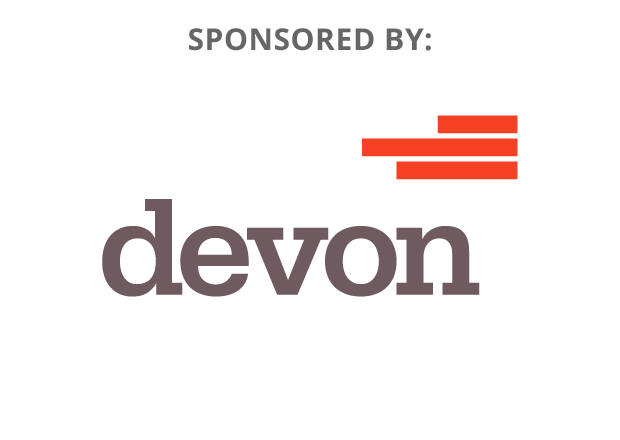Abstract
Increasing overburden complexity can eventually destroy any type of surface imaging. While it may become intractable to unravel complex wave propagation in processing, it is always possible to capture it with measurement. The virtual source method uses surface shots with downhole receivers placed below the most complex part of the troublesome overburden. The method uses time-reversal logic to create a new downward-continued data set with virtual sources (VSs) at the geophone locations. Since redatuming is driven purely by measurements, it requires no knowledge of the velocity model between shots and receivers. Thus it enables imaging below extremely complex realistic overburden — in fact, the more complex the better. While the price to pay is high – placing geophones in the subsurface, so is the prize – seeing the unseen. Virtual sources are manufactured to our specifications so they can radiate only in the direction we need which proved extremely useful for analysis of VSPs in salt basins. Virtual sources can excite longitudinal waves with no associated shear, or vice versa, thus enabling accurate virtual P- and S-wave check shots below complex salt bodies. Virtual sources are also reproducible for 4D even if the near-surface changes or the shooting geometry is altered slightly. This leads to a variety of applications in permanent monitoring in land and marine where repeatable surveys can be achieved by only burying the receivers.
This lecture will outline the physical concepts involved, emphasize important processing steps, and highlight industrial applications of the virtual source method to imaging and monitoring below complex overburden. We envision good reasons for every smart oil field to have a bunch of virtual sources and speculate where this technology will play a role. On a science front, the virtual source method stimulated creation of the new evolving field of seismic interferometry. Advances happen rapidly and new oil field applications are on their way!
Biography
Andrey Bakulin is a geophysicist at Saudi Aramco's EXPEC Advanced Research Center in Dhahran. He holds a PhD in geophysics (1996) from St. Petersburg State University of Russia. Andrey had a brief academic career at St. Petersburg State University and the Colorado School of Mines. His industrial career followed and now includes tenures at Schlumberger Cambridge Research, Shell Bellaire Technology Center, and WesternGeco. Andrey was involved in the development of several technologies. He co-developed the virtual source method with Rodney Calvert which is the subject of this lecture. He contributed to practical methods of estimating anisotropy from seismic and well data, as well as designing rock physics transforms to characterize fractures and 3D stresses from seismic anisotropy. He developed a method and system to monitor well completions with tube waves. He is serving the SEG in various roles and has received a variety of professional awards, including Honorable Mention and best presentation at an SEG Annual Meeting (twice), Honorable mention Best Paper in GEOPHYSICS (twice), the J. Clarence Karcher Award, and a 2007 E&P Special Meritorious Award for Engineering Innovation.






